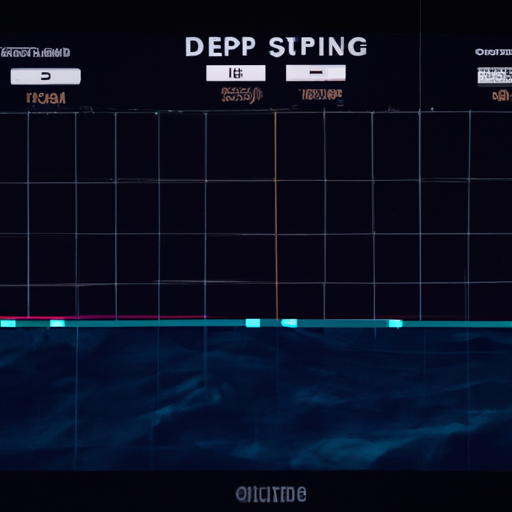Open Source Intelligence (OSINT) is a multi-methodological approach to data collection, analysis, and dissemination. In the maritime sector, OSINT Techniques are increasingly being used for Ship Tracking, providing valuable insights into vessel movements, shipping routes, and maritime activities. This article delves into the world of OSINT Techniques, focusing on their application in Ship Tracking.
Understanding OSINT
OSINT refers to the process of gathering, analysing, and making decisions based on publicly available data. It is a critical component of intelligence gathering and is used by various sectors, including law enforcement, military, and private businesses. OSINT sources can include media outlets, public data, internet forums, and social media platforms.
OSINT and Ship Tracking
Ship Tracking, also known as vessel tracking or maritime surveillance, involves monitoring the movements and activities of ships. This is crucial for various reasons, including ensuring maritime safety, enforcing maritime laws, and protecting marine resources. OSINT Techniques are increasingly being used in Ship Tracking, providing a wealth of information that can be used to enhance maritime surveillance efforts.
Methods of OSINT in Ship Tracking
There are several methods of using OSINT for Ship Tracking. These include:
- Automatic Identification System (AIS): AIS is a tracking system used by ships and vessel traffic services for identifying and locating vessels. It provides information about a vessel’s identity, position, course, and speed. AIS data is publicly available and can be accessed through various online platforms.
- Maritime Domain Awareness (MDA): MDA involves the effective understanding of anything associated with the maritime domain that could impact security, safety, economy, or environment. OSINT plays a crucial role in enhancing MDA by providing valuable information about maritime activities.
- Satellite Imagery: Satellite imagery is a powerful tool for Ship Tracking. It provides visual evidence of a vessel’s location and activities, which can be crucial in cases where AIS data is not available or reliable.

Benefits of OSINT in Ship Tracking
OSINT offers several benefits in Ship Tracking. These include:
- Enhanced Maritime Surveillance: OSINT provides a wealth of information that can be used to enhance maritime surveillance efforts. This includes data on vessel movements, shipping routes, and maritime activities.
- Improved Decision-Making: By providing accurate and timely information, OSINT can support decision-making processes in various maritime sectors, including law enforcement, military, and private businesses.
- Cost-Effective: As OSINT relies on publicly available data, it is a cost-effective method of gathering intelligence. This makes it an attractive option for organisations with limited resources.
Case Studies: OSINT in Action
There are several examples of how OSINT Techniques have been used effectively in Ship Tracking. Here are a few case studies:
Case Study 1: Tracking Illegal Fishing Activities
In 2015, the non-profit organisation SkyTruth used AIS data and satellite imagery to track the activities of a fishing vessel suspected of illegal fishing. The vessel, known as the Thunder, had been blacklisted by several international organisations for illegal fishing activities. By analysing AIS data and satellite images, SkyTruth was able to track the vessel’s movements and provide evidence of its illegal activities. This led to the arrest of the vessel and its crew.
Case Study 2: Monitoring Maritime Traffic in the Arctic
The Arctic is a region of increasing strategic importance, with melting ice opening up new shipping routes. In 2018, the Centre for Strategic and International Studies used OSINT Techniques to monitor maritime traffic in the Arctic. By analysing AIS data and satellite images, they were able to provide valuable insights into shipping routes, vessel movements, and maritime activities in the region.
Challenges and Limitations of OSINT in Ship Tracking
While OSINT offers several benefits in Ship Tracking, it also has its challenges and limitations. These include:
- Data Quality: The quality of OSINT data can vary significantly, depending on the source. This can impact the accuracy and reliability of the information.
- Data Volume: The sheer volume of data available can be overwhelming, making it difficult to identify relevant information.
- Data Security: As OSINT relies on publicly available data, there are potential security risks. This includes the risk of data manipulation and misinformation.
Conclusion
OSINT Techniques offer a powerful tool for Ship Tracking, providing valuable insights into vessel movements, shipping routes, and maritime activities. While there are challenges and limitations, the benefits of OSINT in enhancing maritime surveillance and supporting decision-making processes cannot be overstated. As technology continues to evolve, it is likely that the use of OSINT in Ship Tracking will continue to grow, offering new opportunities for enhancing maritime security and safety.




